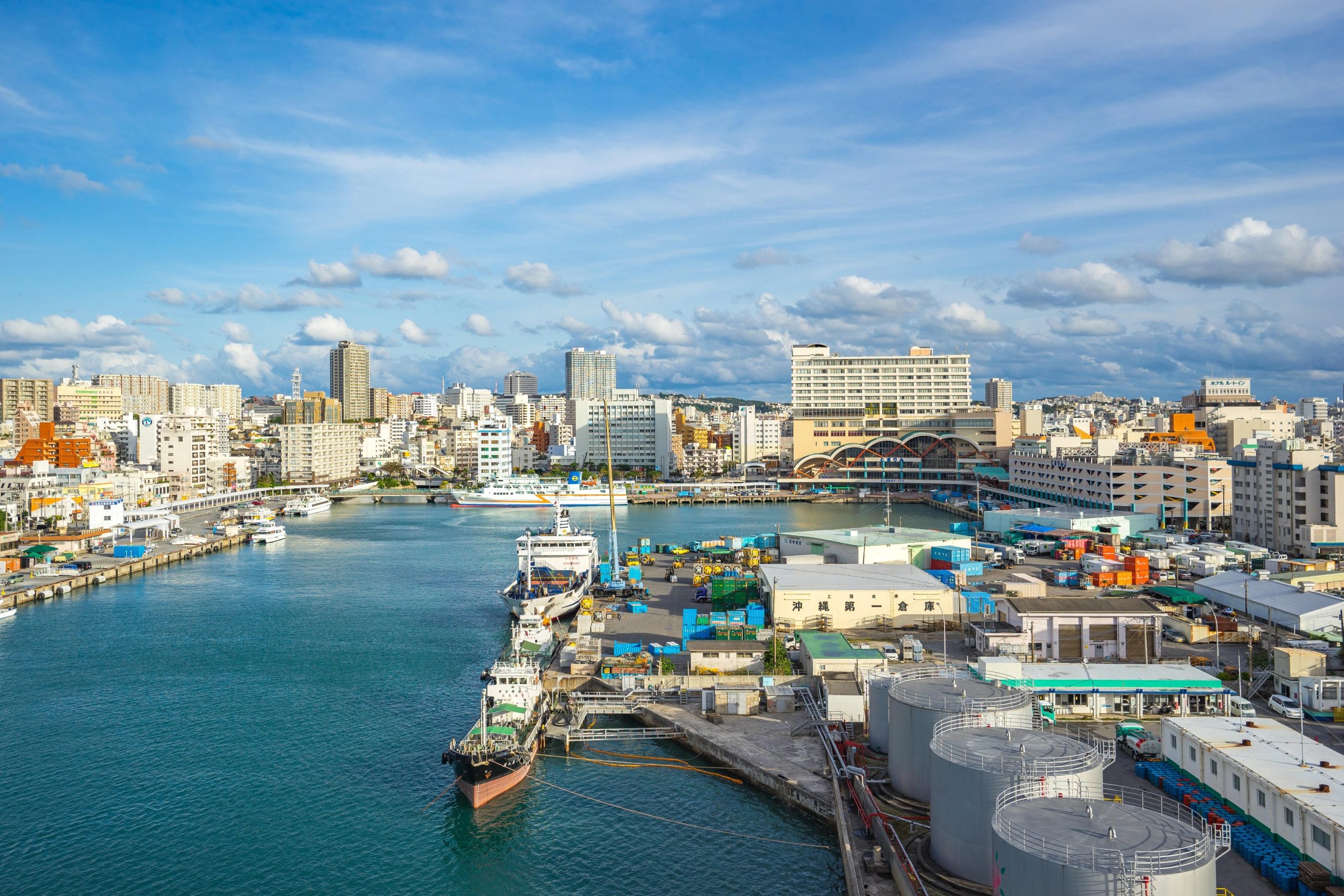A U.S. Navy Aegis destroyer recently anchored at a commercial port in Ishigaki, Okinawa, marking the first time such a vessel has done so in the southernmost prefecture.
The USS Rafael Peralta docked at Ishigaki Port for its crew to rest and replenish supplies, but its arrival was met with protests and a port workers’ strike.
Okinawa Governor Denny Tamaki expressed concern about the regular use of ports by ships of this grade, highlighting the sensitivity of military presence in the region.
The Okinawa prefectural government had previously requested that Navy ships refrain from anchoring at commercial ports except in emergencies.
Okinawa Port (Credits: DVIDS)
The Rafael Peralta, with a crew of about 300 and a displacement of about 9,000 tons, is scheduled to remain at Ishigaki Port until March 13. Cmdr.
Stephen Szachta, the commanding officer, stated that his ship’s mission was to maintain free and open waters, emphasizing the U.S. Navy’s role in ensuring maritime security.
However, local dock workers went on strike to protest the anchoring, citing concerns about their workplace being used for military purposes.
Additionally, residents gathered to protest the docking of a vessel of an unprecedented size, reflecting broader unease about the presence of U.S. military forces in the region.
The last time a U.S. Navy ship anchored at Ishigaki Port was in September 2023, when a minesweeper docked. This marked the first time in 14 years that a Navy ship entered the commercial port.
Okinawa Port(Credits: USNI News – U.S. Naval Institute)
The docking of the Rafael Peralta comes after Japan and the United States agreed in January 2023 to expand joint use of defense facilities, aiming to strengthen the defense of the Nansei chain of islands extending southwest from the main southern island of Kyushu.
The incident underscores the complex dynamics surrounding the U.S. military presence in Japan, particularly in Okinawa, where tensions over bases and military activities have long existed.
The protests and strike highlight local concerns about the impact of military operations on their daily lives and the broader geopolitical implications of military activities in the region.
